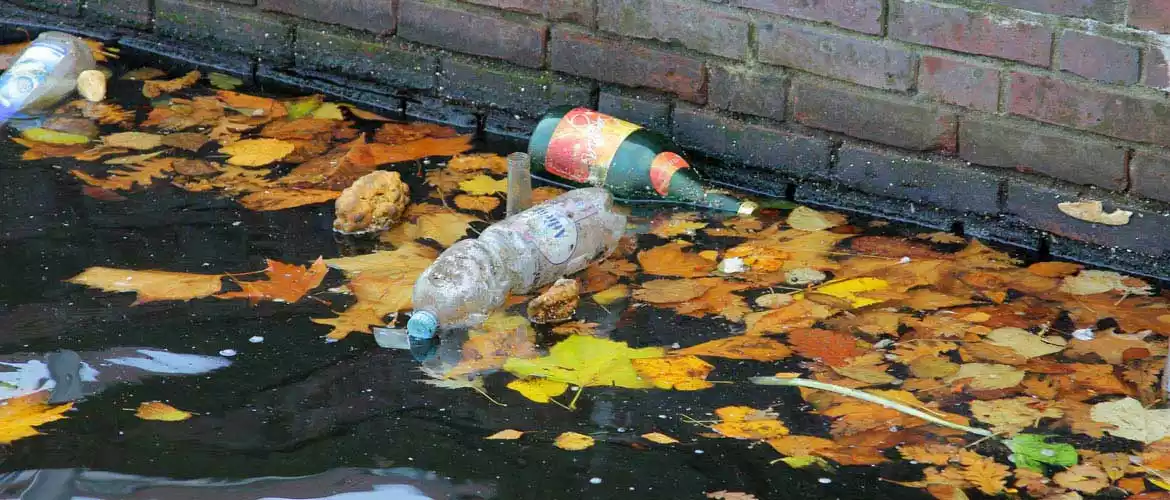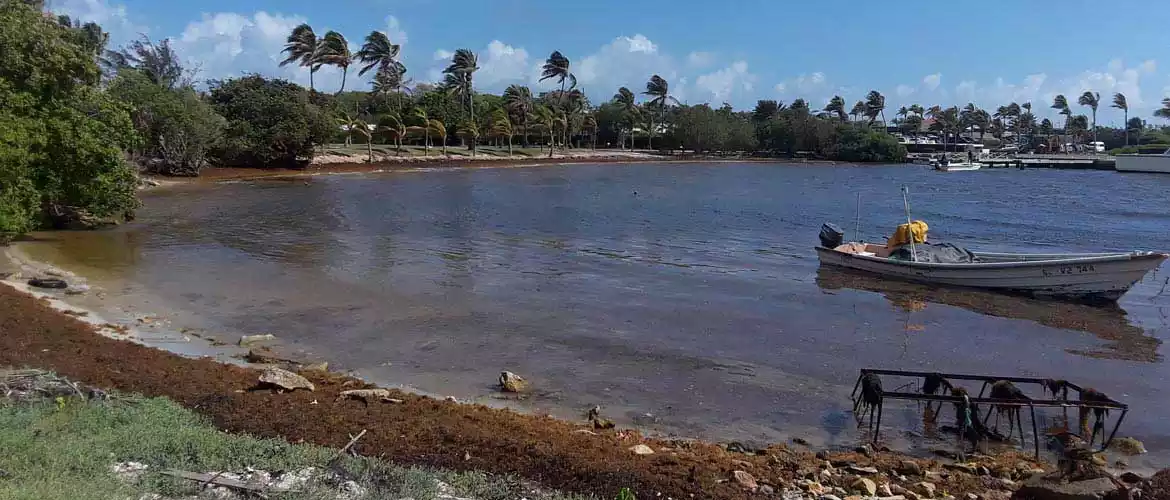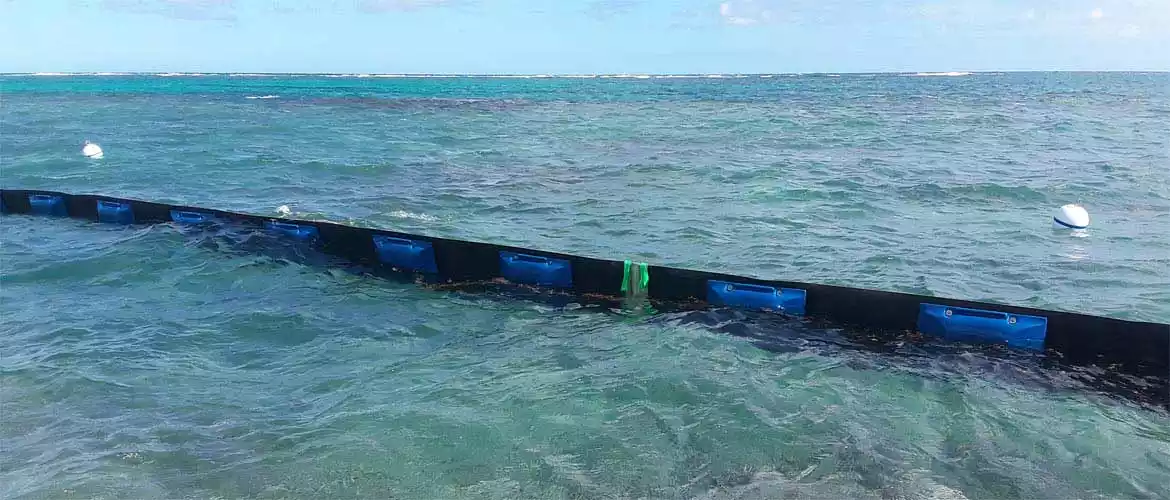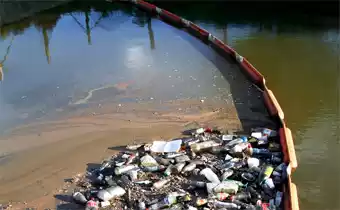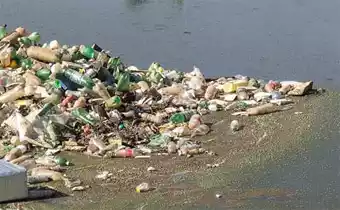 Floating debris includes any natural or manmade material that builds up on the surface of a waterway. It can interfere with ecosystems, block recreational use, and make navigation difficult. Common examples include plastic waste, invasive aquatic plants like sargassum and algae, and natural debris such as sticks and logs.
Floating debris includes any natural or manmade material that builds up on the surface of a waterway. It can interfere with ecosystems, block recreational use, and make navigation difficult. Common examples include plastic waste, invasive aquatic plants like sargassum and algae, and natural debris such as sticks and logs.
Beyond being unsightly, this debris harms water quality, endangers wildlife, and creates safety issues for boats and infrastructure. In many cities, debris-filled canals connect to the municipal water system, driving up treatment costs and increasing environmental risks.
Need a solution for debris polluting your water? One Clarion offers several solutions to help manage surface debris. Our marine-grade containment booms and permanent floating barriers are designed to help stop debris from spreading. Before choosing the right option, it's important to understand where the debris is coming from and how it moves through the water.
Talk to our team to find the best solution for your debris control needs.
Nonpoint and Point Source Pollution
 Floating trash and debris can enter waterways through two main types of pollution sources:
Floating trash and debris can enter waterways through two main types of pollution sources:
- Point source pollution: Comes from a single, identifiable place such as a factory, landfill, or construction site.Often easier to monitor and control using inspections, permits, or cleanup requirements enforced by local governments.
- Nonpoint source pollution: Originates from multiple dispersed sources like roads, parking lots, and neighborhoods.Typically occurs during rainstorms, when runoff carries trash and plastics into storm drains, lakes, rivers, and bays. Over time, nonpoint pollution can seriously degrade water quality and harm wildlife.
How do you stop trash from entering storm drains?
We offer many solutions to help stop trash from entering storm drains. Some solutions include:
- Storm drain filters: Storm drain filters block debris while allowing clean water to pass through. They can be installed above, inside, or below storm drains depending on the site setup.
- Floating boom systems: In open water, floating booms capture trash before it spreads. These barriers are ideal for lakes, canals, and marinas, and can be used temporarily or installed permanently.
Which boom is right for your site?
Containment booms are available in different styles to match local water conditions. Calm water boom works well in lakes, ponds, and protected marinas where the water is mostly still. Moving water boom is better for rivers, channels, and areas with light current, such as near water treatment plants. Offshore boom is designed for open water environments with stronger tides or wave action, like coastlines and harbors.
Temporary Floating Debris Control
A standard containment boom offers a simple, effective solution for short-term floating debris control. It’s commonly used for construction projects, seasonal plant buildup, or post-storm cleanup, and can be deployed quickly by a small crew, making it a cost-effective option for cities, counties, and contractors. These booms help contain trash before it spreads, protecting sensitive areas and simplifying cleanup.
Permanent Marine Debris Solutions
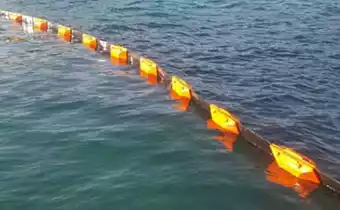 One Clarion's Permanent Boom is designed to withstand situations that require the boom to stay in the water longer term. Components feature more robust materials and high impact hardware. Extra strength floats add higher buoyancy, and marine growth inhibitors prevent algae from coating the belts. Permanent boom lasts up to six times longer than standard containment boom, making it a long term, cost effective solution for municipalities.
One Clarion's Permanent Boom is designed to withstand situations that require the boom to stay in the water longer term. Components feature more robust materials and high impact hardware. Extra strength floats add higher buoyancy, and marine growth inhibitors prevent algae from coating the belts. Permanent boom lasts up to six times longer than standard containment boom, making it a long term, cost effective solution for municipalities.
Why Choose One Clarion?
One Clarion provides reliable, long-term solutions to control floating debris in challenging environments. Our containment boom and permanent floating barriers are built for performance and durability in coastal conditions. Give us a call to learn more.


